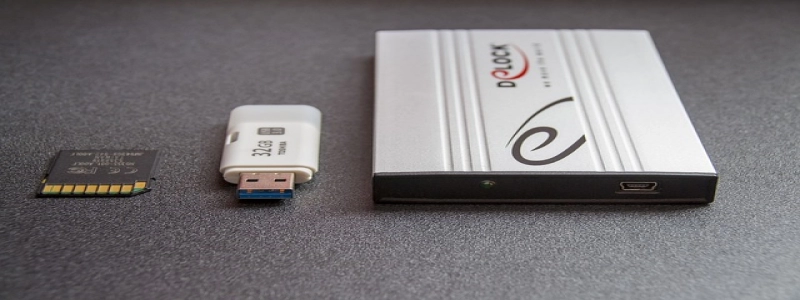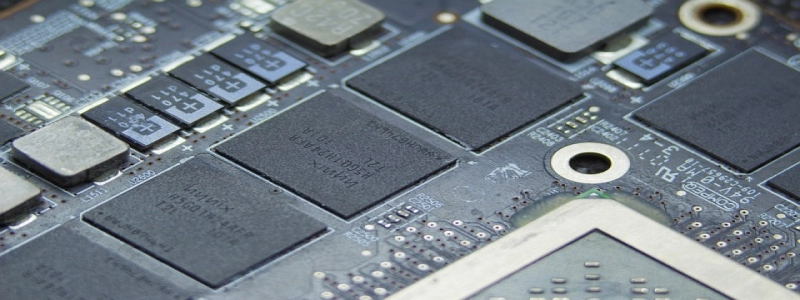10GBASE-T to SFP+ Converter: Bridging the Gap Between Copper and Fiber Networks
Introduction:
In today’s fast-paced digital world, efficient and reliable data transmission is crucial for businesses and individuals. As technology evolves, so does the need to adapt to new networking standards and technologies. One such advancement is the 10GBASE-T to SFP+ converter—a device that offers a seamless transition between copper and fiber networks. This article will delve deeper into the functionality and benefits of this innovative converter.
I. What is a 10GBASE-T to SFP+ Converter?
A. Definition and Purpose:
The 10GBASE-T to SFP+ converter is a network device designed to bridge the gap between copper-based Ethernet networks (10GBASE-T) and fiber optics networks (SFP+). It allows seamless connectivity and compatibility between these two types of networks.
B. How does it work?
The converter acts as an intermediary between the copper-based Ethernet port and the SFP+ slot found on networking devices. It takes the electrical signals from the Ethernet port and converts them into optical signals, enabling transmission over fiber optic cables.
II. Features and Benefits of 10GBASE-T to SFP+ Converter:
A. Flexibility:
The converter offers unmatched flexibility by allowing the use of existing infrastructure in copper-based networks while also enabling the benefits of fiber optics. This eliminates the need for costly and time-consuming network infrastructure upgrades.
B. Extended Transmission Distance:
By utilizing fiber optics, the converter expands the maximum transmission distance up to several kilometers, surpassing the limitations of traditional copper-based Ethernet networks. This is particularly beneficial for organizations that require long-distance connectivity.
C. Higher Bandwidth:
Fiber optic networks support much higher bandwidth compared to copper-based networks. The 10GBASE-T to SFP+ converter enables the utilization of this increased bandwidth, resulting in faster and more efficient data transfer rates.
D. Scalability:
As organizations grow and require higher data transmission capabilities, the converter offers the scalability needed to meet these demands. By seamlessly connecting to existing copper-based networks, expansion is simplified, saving time and costs associated with network upgrades.
III. Applications of 10GBASE-T to SFP+ Converter:
A. Data Centers:
Data centers handle vast amounts of data that require high-speed and reliable connectivity. A 10GBASE-T to SFP+ converter allows for seamless integration between copper-based servers and fiber optic backbone networks, ensuring efficient data transmission.
B. Enterprise Networks:
Large enterprises with extensive network infrastructures benefit from the converter’s flexibility and scalability. It enables them to smoothly transition from copper to fiber networks while maintaining their existing infrastructure investment.
C. Telecommunication Networks:
Telecommunication service providers can leverage the 10GBASE-T to SFP+ converter to extend the reach of their networks. This enables the delivery of broadband services to remote locations without the need for extensive copper cabling.
Conclusion:
The 10GBASE-T to SFP+ converter is a significant advancement in networking technology, enabling seamless integration between copper-based Ethernet networks and fiber optics networks. Its flexibility, extended transmission distance, higher bandwidth, and scalability make it an invaluable tool in various industries. By bridging the gap between copper and fiber networks, this converter offers an efficient and future-proof solution for organizations seeking enhanced data transmission capabilities.








